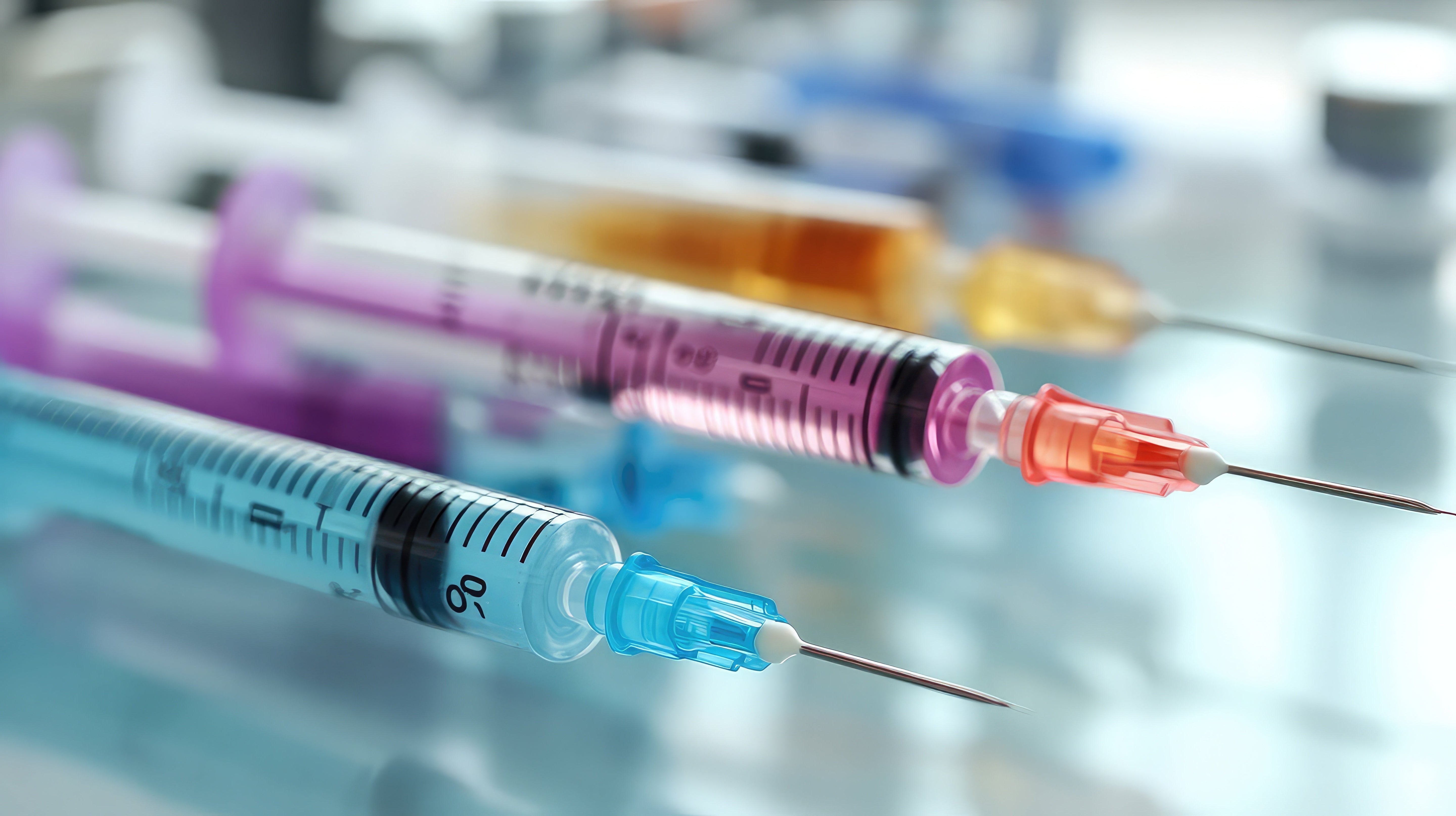
The Fragile State of Syringe Supply
You don’t expect to run out of syringes. Until you do.
In recent years, syringe supply has become one of the most fragile links in the healthcare supply chain. From widespread recalls to resin shortages and sudden import alerts, even the most basic devices, like plunger syringes, have faced disruption.
Although the COVID-19 pandemic no longer dominates headlines, the supply chain risks it exposed continue to shape syringe procurement today.
With looming tariff increases on imported syringes, some suppliers have already added tariff surcharges to contract proposals. And with new trade decisions on the horizon, uncertainty remains high. Will tariffs increase again? Will new countries be affected? No one knows for sure—and that uncertainty compounds the challenge of securing stable, affordable supply.
History Has a Way of Repeating Itself, Especially When It Comes to Syringes
In August 2021, 267 million prefilled saline flush syringes were recalled by Cardinal Health due to a plunger defect that could introduce air into the syringe, posing a risk of embolism. It was one of the largest medical device recalls in US history. Hospitals were forced to revert to manual saline preparation, increasing both infection risk and clinical workload.
That disruption triggered a chain reaction. In the 18 months that followed, US hospitals experienced a prolonged shortage of flush syringes, prompting the US Food and Drug Administration (FDA) to issue conservation guidelines and warn that the shortage would persist through most of 2023.
Subsequent events included the following:
- In 2023, 32 million disposable syringes were recalled due to incompatibility with syringe pumps.
- In November 2023, 12.5 million dialysis syringes were removed from circulation due to contamination, including leakage and particulate matter.
- Between 2023 and 2024, the FDA issued a series of safety communications concerning plastic syringes manufactured in China, citing systemic quality concerns that could impact over one billion products used in US healthcare facilities.
- In 2025, the United States imposed new tariffs on imported syringes and needles, further complicating procurement.
Each of these events exposed a different vulnerability—from quality control lapses to overreliance on overseas suppliers. While some disruptions were resolved, others had a lasting impact on procurement strategies and clinical workflows.
What they all have in common is unpredictability. Syringe supply is not just fragile—it is reactive. And in a system where even minor disruptions can ripple across patient care, visibility and preparedness are no longer optional.
Not All Syringes Are Created Equal
While general-purpose plunger syringes have dominated headlines, other types face equally serious risks—often with fewer viable alternatives.
- Enteral feeding syringes, used for fluid-limited patients, are ENFit-compatible and typically nonsubstitutable. A shortage in this category cannot be solved by switching to another syringe type.
- Oral medication syringes, essential for pediatric and geriatric dosing, are vulnerable to resin shortages and import restrictions. They cannot be replaced by injection syringes due to critical differences in safety and accuracy.
- Prefilled flush syringes, which require high sterility standards and complex manufacturing processes, have been among the hardest to source—with persistent back orders spanning months.
Each syringe category carries its own supply chain vulnerabilities, and each plays a critical role in supporting safe, reliable patient care.
What the Past Few Years Have Taught Us
Even the most routine medical supplies can become critical vulnerabilities.
Syringes—used every day for flushing IV lines and delivering IV and oral medications—have proven to be anything but routine when they disappear from shelves. The ripple effects are immediate: canceled procedures, delayed care, and overburdened staff forced to improvise. These recent disruptions demonstrate how quickly quality issues or sourcing constraints can escalate into systemic problems.
That’s why it’s important to have systems rely on tools that:
- Surface clinically sound alternatives,
-
Provide visibility into product country of origin, and
- Flag at-risk products and suppliers before disruptions occur.
The disruptions we’ve seen weren’t caused by a single issue. They were the result of the following interconnected weaknesses:
-
Demand surges related to vaccination campaigns and postpandemic care
-
Quality-related recalls affecting both imported and domestic suppliers
-
Raw material shortages, especially medical-grade plastics and rubber
-
Manufacturing bottlenecks and long ramp-up times
- Heavy reliance on overseas suppliers, particularly in China and Southeast Asia
The exposure is significant. ECRI internal analysis of supply chain data shows over half a billion dollars in syringe spend annually—with more than 50% tied to products originating outside the United States. This level of dependence means that even small shifts in global trade policy, manufacturing output, or quality control can have outsized effects on healthcare operations.
Even specialized syringes—like ENFit-compatible enteral syringes or oral medication syringes—have proven difficult to substitute when shortages hit. For prefilled flush syringes, sterility requirements and complex manufacturing have made them especially vulnerable to back orders.
While some of those events are behind us, the conditions that made them possible still exist. Tariffs may rise or fall. Recalls may occur without warning. And the next shortage may not look like the last one. But what’s clear is that resilience starts with visibility—into where products come from, how they’re made, and what risks lie ahead.
Looking Ahead: Building a More Resilient Syringe Supply
If the past few years have taught us anything, it is that syringe supply should be treated as a strategic resource—not a commodity.
Healthcare leaders are increasingly exploring ways to strengthen resilience: diversifying suppliers, including domestic partners; strategically stockpiling critical syringe types; and improving transparency across sourcing and logistics. But resilience isn’t just about having more inventory or more suppliers—it’s about having better insight.
That means knowing where products are manufactured, how they’re made, and what alternatives exist when disruptions hit. It means spotting risks early, evaluating clinically sound substitutes, and making confident decisions under pressure.
These are the kinds of questions ECRI helps answer:
If proposed tariffs take effect, will US-made syringes become more cost-effective than my current imports? If so, can domestic manufacturers meet demand—or should I secure contracts now? How can I forecast this market and manage my risk before disruption hits?
As syringe supply chains continue to grow more complex and unpredictable, real-time visibility into the categories most at risk is no longer optional; it’s essential.
This is where ECRI can help you.
- Identify at-risk SKUs and suppliers before disruption hits
- Access clinically vetted, cost-effective alternatives
- Make procurement decisions that safeguard patient care
Start your path to supply chain resilience. See how our latest Supply Navigator report can help you stay ahead of syringe disruptions and protect continuity of care.
